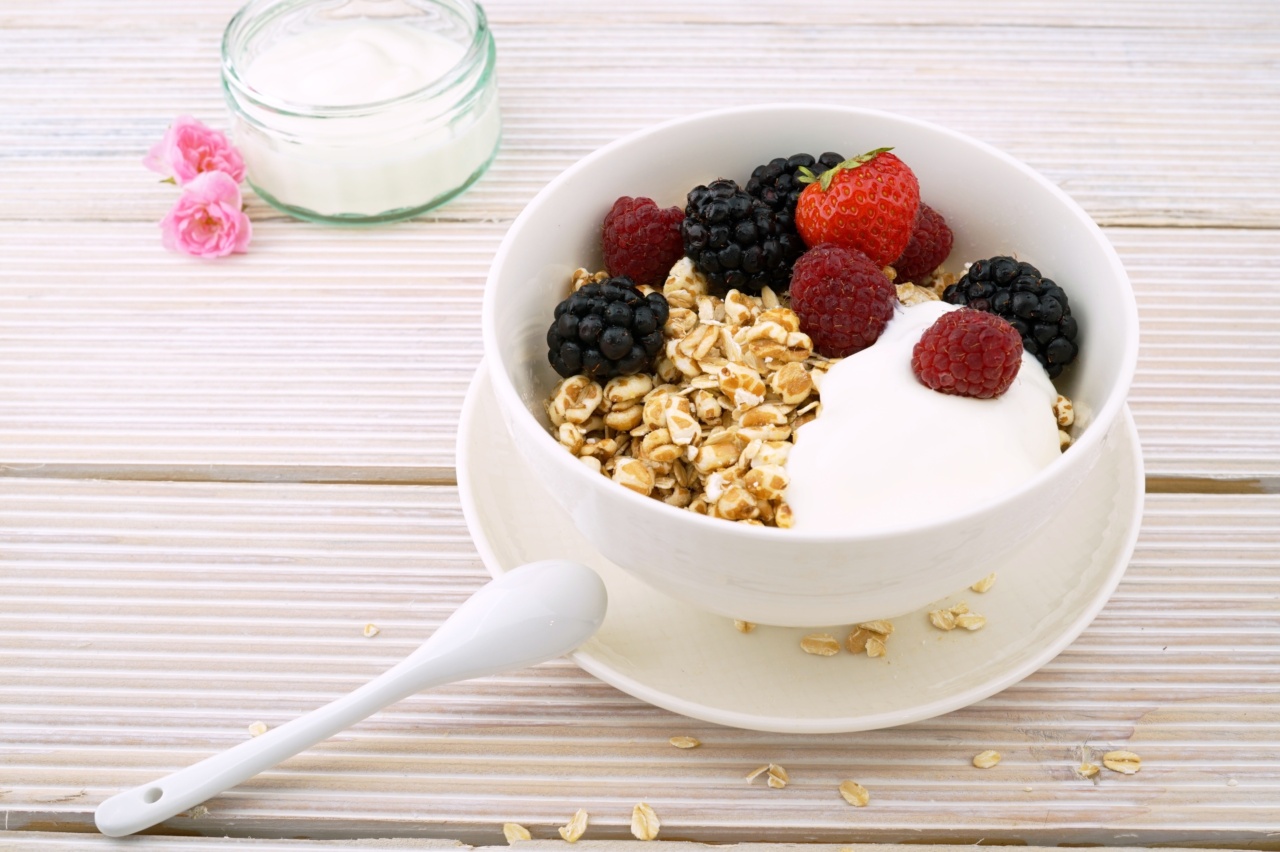Allergy to cow’s milk is a common condition among infants, affecting approximately 2-7% of this population. When diagnosed, it is crucial to find an appropriate diet to ensure proper growth and development.
One of the dietary options often recommended for infants with a milk allergy is the hypoallergenic diet. This article aims to explore whether the hypoallergenic diet can meet all the nutritional needs of infants with a cow’s milk allergy.
What is a hypoallergenic diet?
A hypoallergenic diet is designed to eliminate or reduce the intake of allergenic proteins. In the case of infants with a cow’s milk allergy, this means avoiding all dairy products that contain cow’s milk protein.
Instead, hypoallergenic formulas or breast milk substitutes with hypoallergenic components are used. These formulas are typically based on extensively hydrolyzed proteins or amino acid-based formulas.
Meeting nutritional needs
Infants have unique nutritional requirements for optimal growth and development. It is essential to ensure that any dietary restrictions imposed due to a milk allergy do not compromise their overall nutrient intake.
Let us examine the key nutrients and assess whether a hypoallergenic diet can meet these needs.
Protein
Protein is vital for building and repairing tissues and plays a crucial role in various bodily functions. Hypoallergenic formulas are designed to provide sufficient protein for infants.
Extensively hydrolyzed formulas break down proteins into smaller fragments, making them less allergenic while still providing essential amino acids. Amino acid-based formulas contain predigested proteins, ensuring infants receive all necessary amino acids directly. Therefore, a hypoallergenic diet can adequately meet an infant’s protein needs.
Carbohydrates
Carbohydrates are the primary source of energy for infants. Hypoallergenic formulas typically contain carbohydrates in the form of lactose-free sugars such as corn syrup or glucose polymers.
While these sugars provide energy, they may differ from lactose in terms of their impact on gut microbiota. However, studies have shown that these differences do not have significant adverse effects on infant health, suggesting that a hypoallergenic diet can adequately meet carbohydrate requirements.
Fat
Fat is essential for brain development, energy production, and the absorption of fat-soluble vitamins. Hypoallergenic formulas provide fats in the form of vegetable oils, such as palm or coconut oil.
These formulas are designed to mimic breast milk fat composition. While the fatty acid profile may differ slightly from cow’s milk, the overall fat content and essential fatty acids remain sufficient in hypoallergenic formulas.
Vitamins and minerals
Infants require a wide range of vitamins and minerals for proper growth and development. Hypoallergenic formulas are fortified with these essential nutrients to meet the recommended daily intake.
However, it is crucial to ensure that the specific formula being used adequately covers these requirements. Consultation with a healthcare professional can help confirm whether a particular hypoallergenic formula is nutritionally sufficient.
Iron
Iron is a crucial nutrient for infants, as their iron stores start to deplete around 6 months of age. Cow’s milk is a poor source of iron, so an infant with a milk allergy may not be at a significant disadvantage in terms of iron intake.
Hypoallergenic formulas are often fortified with iron to meet the recommended daily intake. However, breastfeeding infants with a cow’s milk allergy should be monitored for iron deficiency and may require supplementation if necessary.
Transitioning to solid foods
As infants grow older, they will gradually transition from a formula-based diet to solid foods. This period is critical for introducing a variety of nutrient-dense foods to support their development.
Parents should work closely with healthcare professionals to carefully select appropriate hypoallergenic solid food options to ensure all nutritional needs are met.
Potential challenges
While a hypoallergenic diet can meet most nutritional needs for infants with a cow’s milk allergy, there may be some challenges. The cost of hypoallergenic formulas can be higher compared to regular formulas or breast milk.
Additionally, some infants may be allergic or intolerant to other foods or ingredients, which may require further dietary adjustments. Regular monitoring by healthcare professionals is essential to address any concerns and make necessary modifications to the diet.
Conclusion
A hypoallergenic diet, whether based on extensively hydrolyzed formulas or amino acid-based formulas, can generally meet the nutritional needs of infants with a cow’s milk allergy.
These formulas are designed to provide adequate protein, carbohydrates, fats, vitamins, and minerals. However, it is essential to consult a healthcare professional to ensure the specific hypoallergenic formula being used is appropriate and nutritionally sufficient.
With careful attention to diet and regular monitoring, infants with a milk allergy can thrive and reach their developmental milestones.




























